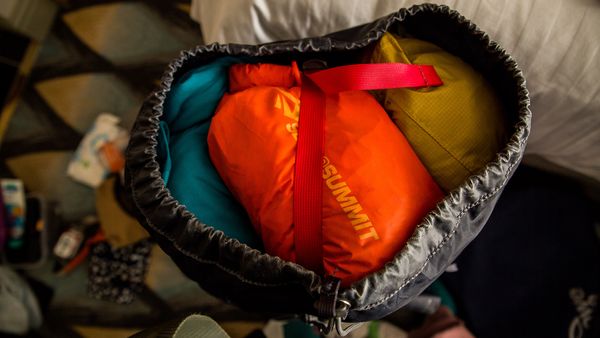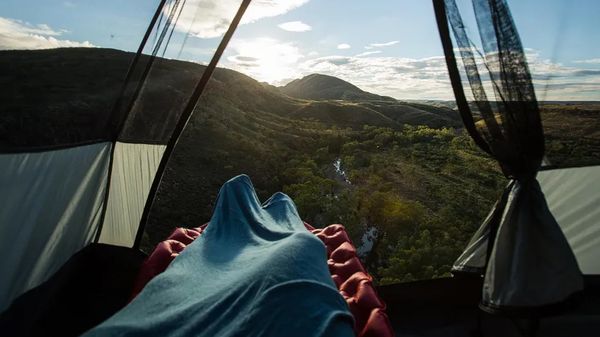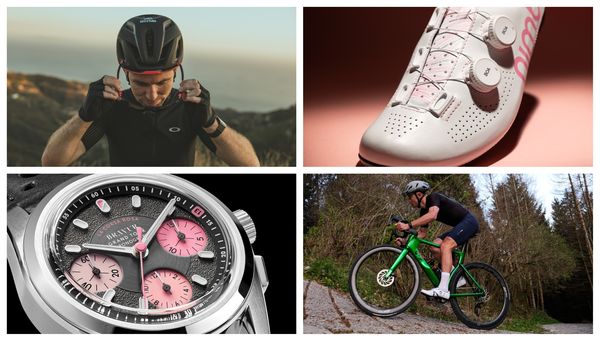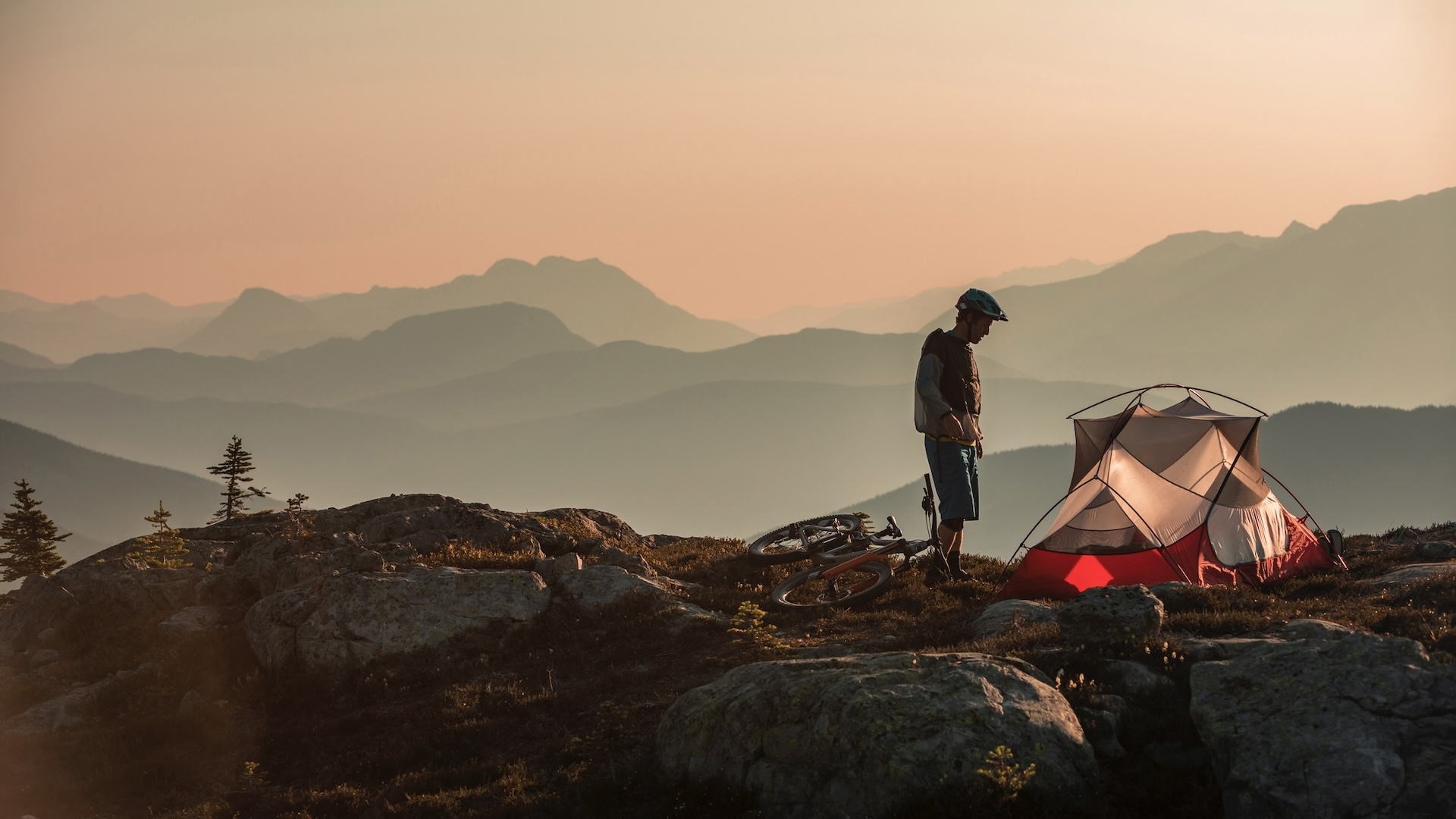
Bikepacking can be wonderfully liberating. Travelling by bicycle, under your own pedalling steam and carrying only the kit you will need for the trip allows you to explore far and wide. But if you take the wrong things with you on a bikepacking adventure, the journey might not be so enjoyable. Here we list xxx of the worst things to take on a bikepacking trip.
1. The wrong bike
A mountain bike is fun when used on tracks but not great for lots of smooth tarmac cycling. Likewise, a road bike with skinny tyres is going to be the worst thing to ride on rough tracks.
A gravel bike could be the perfect compromise but it’s a good idea to asses the routes before you set off and choose your bike accordingly. Maybe the perfect choice will be an e-bike.
2. Rattling bags
Whether it is panniers or bikepacking bags, there is nothing worse than bags that move about and rattle irritatingly while cycling. Test your bags on your bike and while cycling on rough surfaces before you set off to check they stay secure and in place.
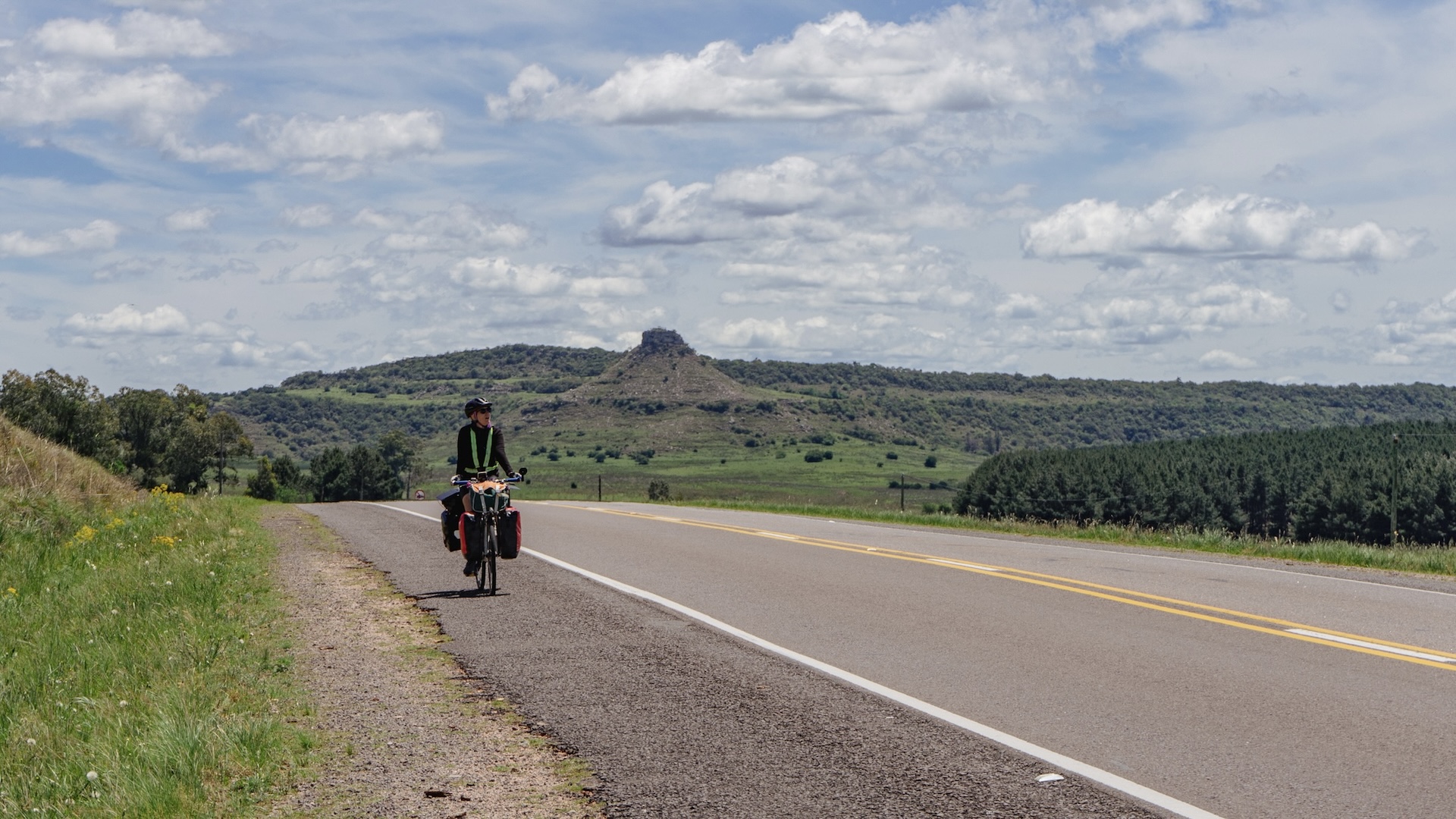
3. Oversized bikepacking bags
Another bad idea is bikepacking bags that are too big in the first place, or over-packed. If this happens you might end up with the bags rubbing against the skin of your legs or being far too bulky on the handlebars.
Again, the best thing you can do is check your bag set up before you go bikepacking. The worst thing you can do is set off and find your bike and bags really irritate you.
4. Too much kit
Whether you pack your kit in more traditional panniers or bikepacks, you really don’t want to be laden down. The more you pack, the heavier the packs and bike will become and the harder it will be to pedal your bike.
This is especially the case if you will be bikepacking on rough tracks or where it’s hilly.
5. Too little kit
Safety and warmth should be major considerations and reducing your clothing and kit to so little that you end up cold, wet or uncomfortable is not going to be the recipe for success.
For example, it would be foolish to go bikepacking without adequate warm layers or a waterproof jacket.
One pair of cycling shorts might suffice but hygiene is also important to consider. It’s not just an issue of odour, but wearing the same cycling shorts day after day and without washing them can lead to a range of problems for cyclists.
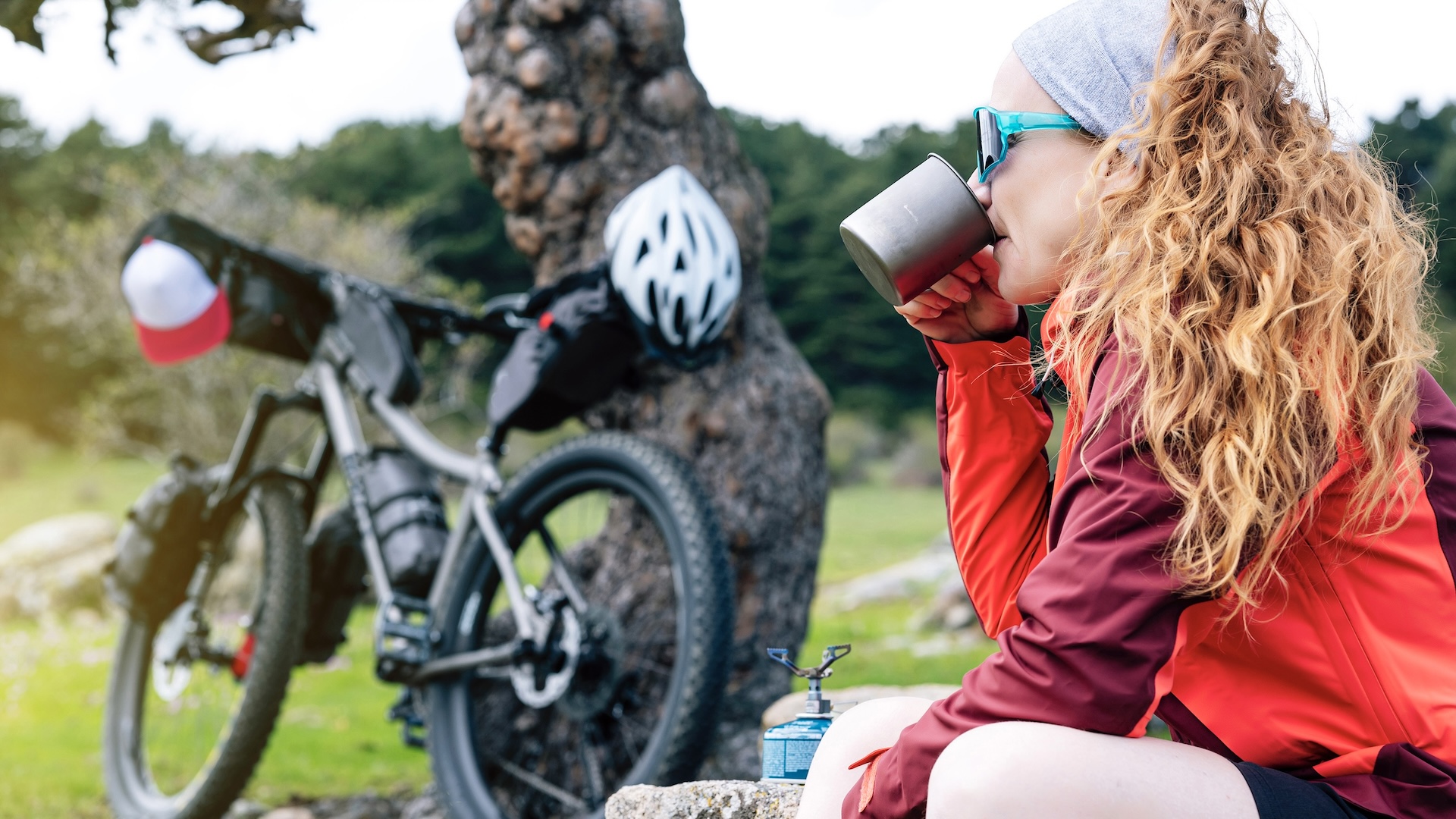
6. The wrong shorts
You should make sure you know what to wear for bikepacking from head to foot but there are also some common errors that some cyclists make.
The chances are you will be cycling many miles each day and over multiple days, so it’s vital you have a comfortable seat. Wearing shorts without padding, shorts with seams, or shorts that are too large so they move about will most likely end up causing rubs and sores.
Choose neatly fitting shorts with adequate padding or loose shorts than have a padded insert.
7. A new saddle
Setting of for a bikeapacking trip with a new saddle or seat is it likely to be a disaster. You need to make sure the seat is comfortable and riding the bike for at least a few outings before going on your bikepacking trip will ensure it is worn in a little.
8. Ladies – a saddle without a hole
For women, in particular, it’s important the bike and seat is comfortable. Many females find that a saddle with a hole cut away offers the best comfort. We won’t go into the details but, suffice to say, it’s a tried-and-tested tip.
9. Your warmest sweater
The best way to pack for a bikepacking trip is to take several thinner layers of clothing, such as tees, baselayers and jerseys. This means you can take off and put on layers as conditions dictate.
Taking one thick layer like a sweater or jacket doesn't give enough versatility. You will either end up too hot or too cold.
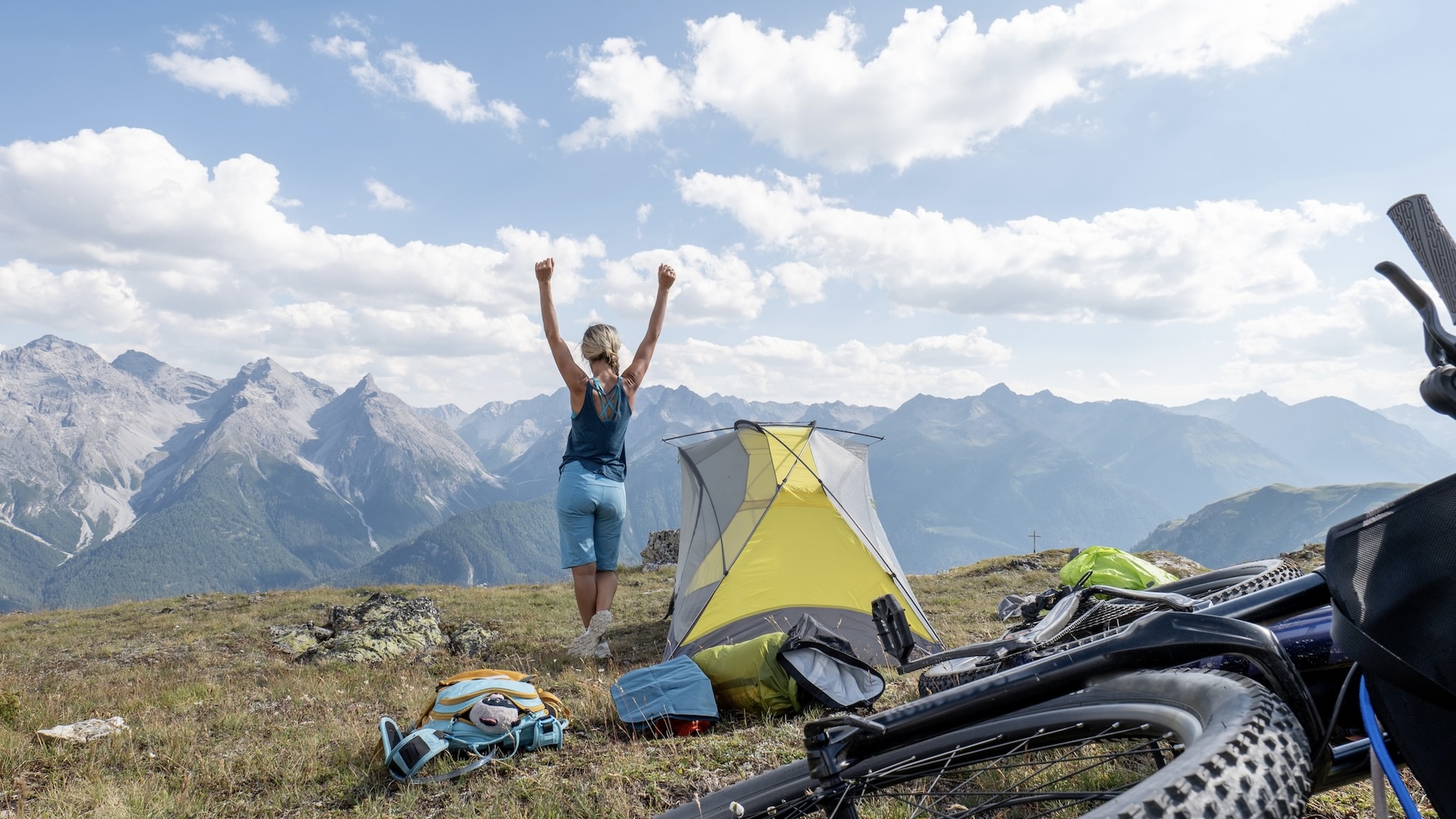
10. The wrong waterproof jacket
Lightweight and breathable are key to choosing the right waterproof jacket for bikepacking. Some jackets, such as those designed for hiking, are heavier and bulky and will make you sweat if you wear them on a bike, even in the rain. Bike-specific clothing is the best choice.
11. Winter gear when it’s summer
...or summer gear when it's winter. Choose the right clothing to suit the conditions otherwise you will end up too hot and sweaty or too cold and miserable.
12. Synthetic fabrics
The best way to reduce odor and to stay cool when its hot – and warm when it’s cold – is to choose natural wool garments, such a base layers made of merino wool. While a lot of cycling kit is designed with synthetic fabrics for fit and comfort, it will end up whiffy after even just a day or two of cycling in hot and sweaty weather.
13. A backpack
While a small hydration pack could be a good idea for bikepacking, adding a heavier pack to your back will most likely lead to sweat and skin abrasions. Use panniers or dedicated bikepacking bags instead, and keep the weight off your body.
14. A useless pump
How often do you check that your bike pump is working? Perhaps you own a pump that you know is a bit useless but you carry it anyway? Make sure you have a small but effective pump with you on a bikepacking trip, because you will absolutely need it to work if you get a puncture.
15. Only one spare inner tube
Bikepacking, especially if you are journeying into remote places, could be a nightmare if you get a puncture and can’t fix it. One common error is to pack only one spare inner tube or one spare tube patch.
What so often happens is that when you have suffered a puncture, another one comes along after that and then you have used your one tube or patch.
16. Multiple pairs of shoes
Really, all you need is a pair of shoes for cycling and lightweight footwear for when you are not on the bike. If you will be bikepacking in warm conditions, you might only need a pair of flip-flops or sliders as your extra pair. Very lightweight running footwear will do the job as well.
Another poor choice if you plan to wear cycling shoes most of the time is the style of clip-in shoes without a recessed cleat. Try to choose cycling shoes that have the cleat recessed into the sole. This mans you will be able to more easily walk in your cycling shoes when you stop at villages and towns.
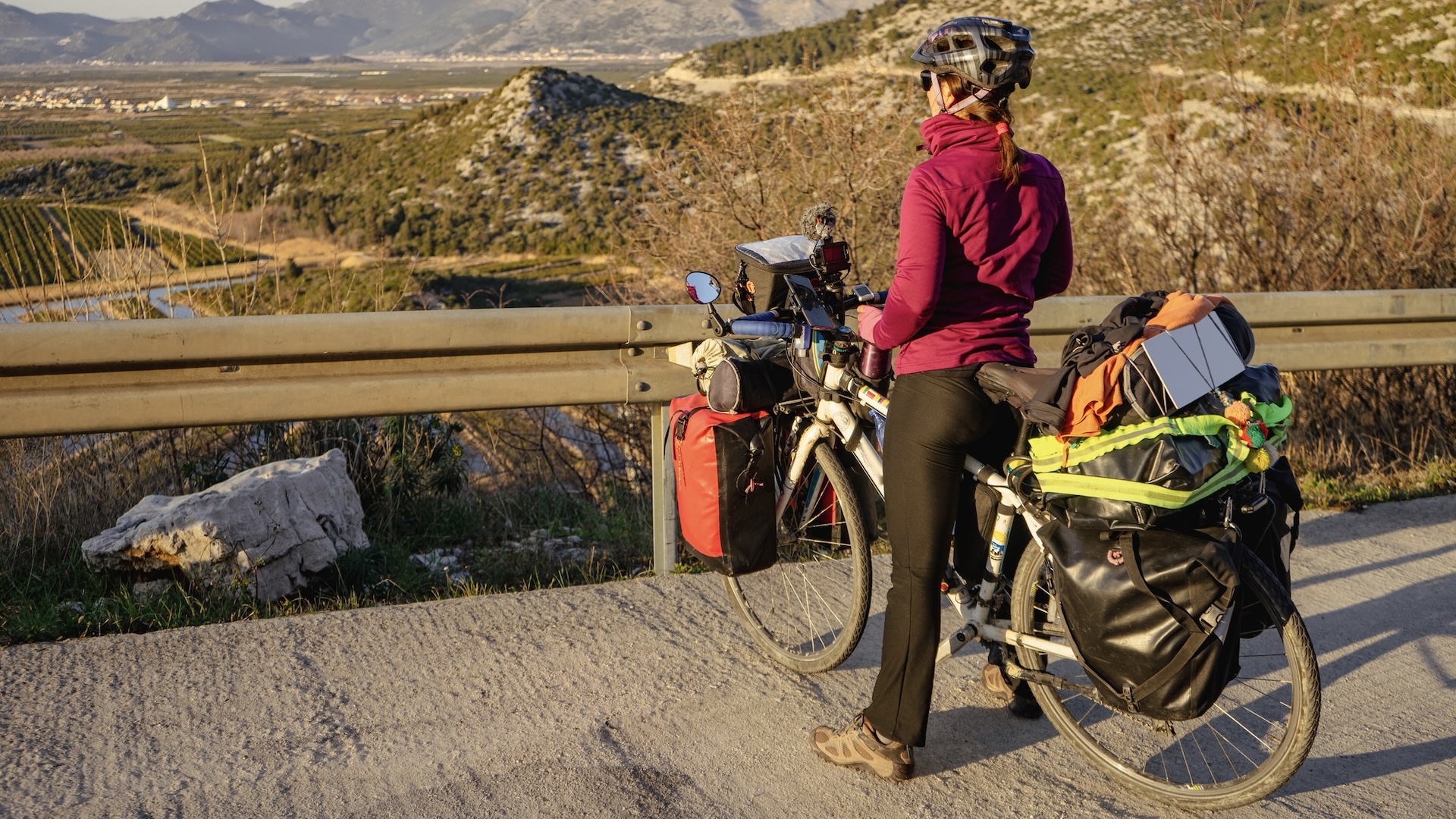
17. Heavy cooking kit (and the kitchen sink)
It depends where you are planning to ride on your bikepacking trip, but some of the worst equipment to pack is bulky and heavy cooking kit. The wrong equipment will weigh you down and create unnecessary bulk in bikepacking bags or panniers.
It could be that choose instead to stop for food at shops, cafes and pubs rather than taking any cooking equipment. Or, you could decide to cater only for your breakfasts by carrying the smallest camping stove you can, and a camping coffee maker like an Aeropress.
The less you take, the easier it will be to pedal your bike.
18. Cans of food
If you plan to camp and cook your own food, don't take heavy items like cans. You will regret the weight of them the minute you pedal your first hill. Instead, choose lightweight camping specific food. We have plenty of ideas for lightweight bikepacking food, or you can try freeze-dried meals.
19. Glass or ceramics
Choose plastic or metal for plates, cups and bottles. The worst items are made of glass or ceramic and they are heavy and prone to breaking in the great outdoors.
20. A big tent
If it’s just you on a bikepacking trip, pack a bivy sack on a one-person tent only. Remember that lightweight is key to packing for a bikepacking trip. If there will be two of you, then split the two-person tent in half and each carry part if it.
Even if there are three or four of you, taking a larger tent is likely to be the wrong choice. The bulk of a tent is the material and a larger tent will be very hard to pack in panniers or a bikepacking bag.
21. The wrong sleeping bag
A sleeping bag that weighs too little might feel like the best item to pack in your bikepacking bags but you won’t be happy when you're shivering with cold in the middle of the night. Likewise, a sleeping bag that is winter-warm but makes you want to throw it off you in the middle of a summer’s night is also a bad idea.
Choose you sleeping bag to suit the conditions and go for the lightest you can but still with enough warmth.
22. A throw-away bike lock
If you are going to be leaving your bike out of sight, you want a bike lock that will deter theft and not a flimsy lock that will be easy to break.
23. An old or dented bike helmet
If the worst happens and you fall off your bicycle, you will want a bike helmet that keeps your skull safe. The materials in bike helmets become worn with age and use, so make sure you have an up-to-date bike helmet. If you're in the UK, look for one that includes a kitemark so you know it complies with British or European standards of manufacture.
24. A heavy book
A book to read is a lovely thing but it’s not ideal for carrying when bikepacking. Instead, try an audio book on your phone and listen with ear pods. Weight matters!
25. A Bluetooth speaker
Even if you usually enjoy listing to music, there is no need for a music speaker. Take a pair of bone conduction headphones instead. Headphones are lighter to carry, and no one else wants to share your music. Opting for bone conduction means you'll still be able to hear sounds around you like other cyclists, pedestrians, and traffic, which will help keep you safe.
Read other useful tips for bikepacking success and bikepacking essentials.






